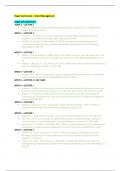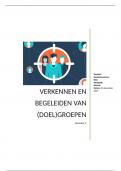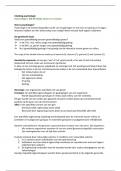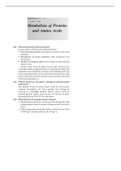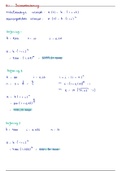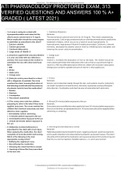Samenvatting
Summary ALL Academic Papers - Brand Management (E_MKT_BMAN)
- Instelling
- Vrije Universiteit Amsterdam (VU)
Extensive summary of all Academic Papers required for the exam of Brand Management. Will help you understand all concepts for the exam!
[Meer zien]
